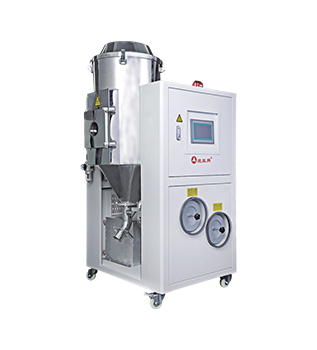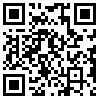The transmission system of the fully automatic feeding machine has various modes, mainly including the following:
1、 Belt drive
Belt drive is a common method. It works through a transmission structure consisting of driving wheels, driven wheels, and belts. Belts are usually made of materials such as rubber or polyurethane. The advantage of this transmission method is that it has good buffering performance. When the fully automatic feeding machine is started and stopped, the belt can effectively reduce impact and protect the motor and other transmission components. For example, in some feeding environments that are sensitive to vibration, belt transmission can avoid material spillage caused by sudden changes in force. Moreover, the belt drive runs relatively smoothly and has relatively low noise.

Meanwhile, belt transmission can achieve long-distance power transmission. This is very advantageous for some large fully automatic feeding machines, or for situations where the motor of the feeding machine is far away from the feeding device. However, belt transmission also has some shortcomings. For example, its transmission efficiency is relatively low compared to chain transmission because the belt will experience some elastic sliding and slippage during operation. Moreover, the service life of belts is greatly affected by environmental factors. In environments with high temperature, high humidity, or corrosive gases, belts may age and be damaged prematurely.
2、 Chain drive
Chain drive is another important transmission method. It is mainly composed of a driving sprocket, a driven sprocket, and a chain. The biggest advantage of chain drive is that it can transmit large amounts of power and has high transmission efficiency. In some fully automatic feeding machines that require heavy materials or high feeding speed, chain transmission can better meet the power requirements. For example, in the construction industry, the feeding machine used to transport large amounts of heavy materials such as sand and gravel can ensure stable and efficient feeding through chain transmission.
Moreover, the chain transmission is relatively precise, which can ensure the synchronization of the feeding machine during operation. However, chain drive also has its drawbacks. It makes a lot of noise during operation because the meshing between the chain and sprocket generates impact and vibration. In addition, the chain needs to be regularly lubricated and maintained, otherwise it is prone to problems such as wear and elongation, which can affect the accuracy and stability of the transmission.
3、 Gear transmission
Gear transmission is also applied in fully automatic feeding machines. It transmits power through the meshing of two or more gears. The precision of gear transmission is extremely high, ensuring precise feeding actions. For example, in some electronic component production lines that require high precision in material feeding quantity, gear transmission can accurately control the amount and speed of feeding.
However, the disadvantage of gear transmission is its high cost, as the manufacturing process of gears is complex. Moreover, gear transmission is not suitable for long-distance transmission and is prone to vibration and noise during high-speed operation. It also requires high installation accuracy, and if installed improperly, it is easy to cause malfunctions.
In actual fully automatic feeding machines, it is also possible to use a composite transmission system that combines multiple transmission methods to fully leverage the advantages of each transmission method.
